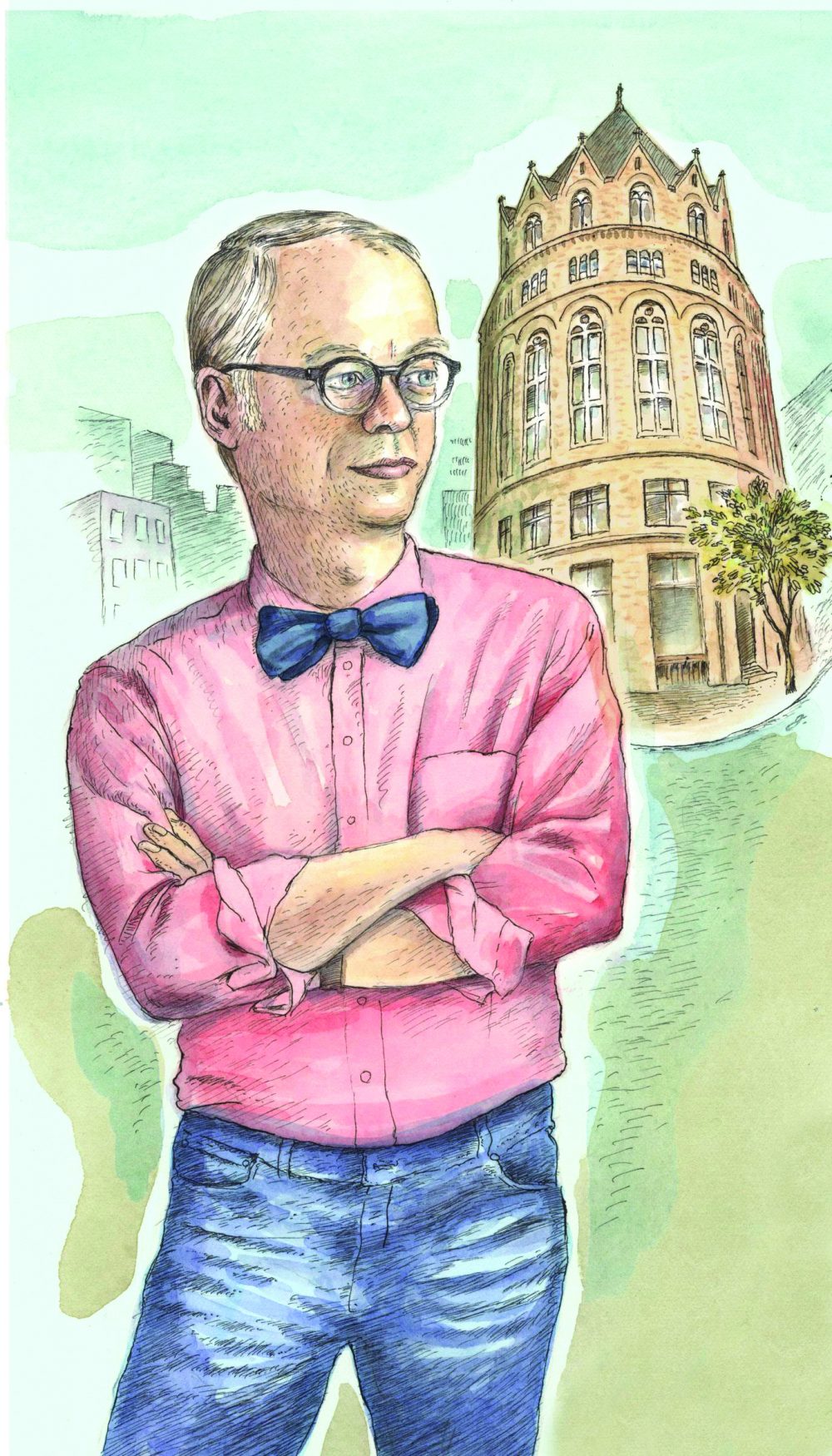Your email address is required to begin the subscription process. We will use it for customer service and other communications from Milk Street. You can unsubscribe from receiving our emails at any time.
Dakar My Lovely
Back to May-June 2018

Stepping out of the gray modernist airport in Dakar and into the cool desert morning, I was struck by the light. You can see farther and clearer, the distant horizon etched in exquisite detail.
I had landed with expectations. Having spent the summer of 1969 driving from Tangiers to Algeria, down through Niger and Nigeria, then east through the Cameroons toward East Africa, this was to be a homecoming. Rich ochre soil; the colorful gele or headdresses—royal and pastel blues, stripes of orange and yellow, finely printed brown and white checks, blacks and greens, maroons and purples, and, most of all, bright yellow; the boubou, the long robes worn by both men and women (a rough translation from the local wolof dialect “mbubb”); the call to prayer up-shifting in volume from sidewalk convenience shops; and small glasses of hot sweet tea. I expected adventure, beauty, a counterpoint rhythm to Western life, and the vibrations from this extraordinary land rising up through the soles of my shoes.
We drove into town, a half hour or so, then through Dakar, Senegal's city of 2 million, a desert town located on the Atlantic, the western-most point of the continent. Dozens of brightly painted wooden fishing boats, long and narrow, hauled up ramshackle on the beach. One-horse carts hauling bricks, the drivers standing upright on the small wooden platform. Thousands of shopping stalls lining the streets or vendors, without shops, sitting on small wooden stools selling their wares, from hot peanuts and coconuts to clothing and oranges. One man, fists in the air, walking down the street hawking windshield wipers of no particular brand. The car rapides, the ancient crazy-painted city buses, works of art against a bleached cityscape. Commuters, in tailored, suits, carrying briefcases, heading to work. It was an exultant homecoming.
Yet it quickly became clear that Dakar was not home. In the Tilene Market, an airplane hangar of a building, our video crew became unwelcome and our local guide, with a sotto voce note of urgency, prodded us to quick-step outside to safety. A similar dodgy experience awaited us on the beach, in a crowd of fishermen returning from the day’s outing; we beat a hasty retreat to our van parked nearby. And other signs of disquiet were obvious: concertina wire, corkscrewing around perimeters, and soldiers in red berets with machine guns.
The flip side was the immense hospitality and kindness of the Senegalese. In homes, we prepared gumbo and stews, rice puddings and salads. I cooked with Amsi and Alice and with my host, Pierre Thiam, who was raised in Dakar, then moved to New York to became a chef. In the first few minutes, I knew that I had made a friend for life. Children are taught that death is sweet by drinking three kinds of tea: the strongest represents love, the mildest life and the last and sweetest is death. Food tastes better when eaten with the hands. When cooking, a dab of gumbo or stew is placed on the open palm and licked off, a technique I have adopted.
It slowly dawned on me that Dakar makes no promises. It’s a city of a thousand different experiences—take your pick. The Senegalese owe me nothing, not even a good time. Travel must be a journey without expectations; without the promise of understanding.
Yet, I returned home bewitched. The Senegalese look you in the eye when they talk to see what’s inside. They are physical people. They hug, they speak in close proximity, they are comfortable in their skin. And they have a sense of nation. They believe they are sharing one boat, all rowing in the same direction. And there is something special about a head of state that was first a poet and an intellectual. In 1960, Léopold Sédar Senghor became the first president of modern Senegal. He composed the national anthem. He was elected a member of the Académie française in 1983.
It finally dawned on me that Dakar is a place of poetry, daily life spun into a song of West Africa that, once heard, is hard to forget. Sung in the local dialect, the words are beyond understanding but the joy of the melody endures.
Senghor wrote this verse, his own epitaph.
When I'm dead, my friends, place me below Shadowy Joal,
On the hill, by the bank of the Mamanguedy, near the ear of Serpents' Sanctuary.
But place me between the Lion and ancestral Tening-Ndyae.
When I'm dead, my friends, place me beneath Portuguese Joal.
Of stones from the Fort build my tomb, and cannons will keep quiet.
Two oleanders—white and pink—will perfume the Signare.
May-June 2018
